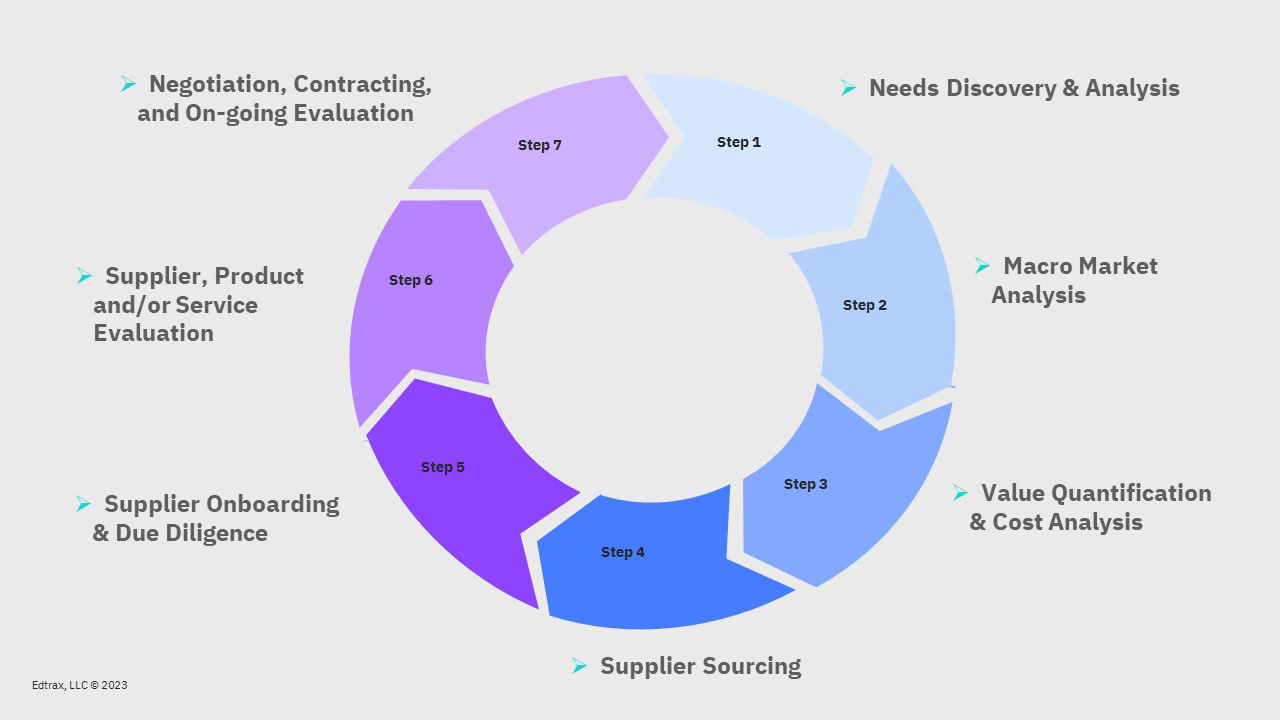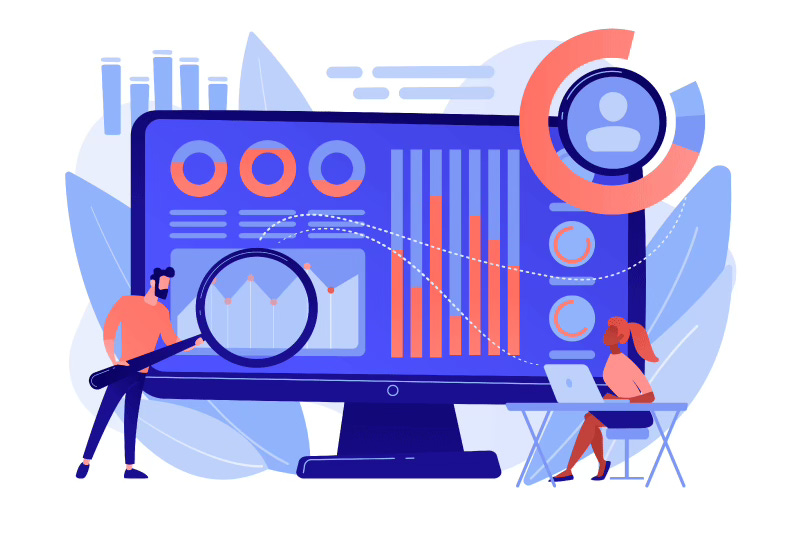Leveraging Data to Optimize EdTech Procurement for Enhanced Learning Outcomes and Risk Mitigation
With global education technology expected to expand at a rate of 13.6% in the next seven years, there is no doubt that digital learning is here to stay and will become an essential part of the education ecosystem for learners, educators, and support staff. More generally, digital is the way forward for organizations in most industries, and these tools in education can help close learning gaps and personalize instruction, among many other valuable incentives.
The adoption of digital learning and tools also helps organizations leverage the digital exhaust that is the biproduct of these innovations inside and outside the classroom.
That said, Learning, Development, and Education (LDE) organizations will have increased choices in the technology they source, buy, and implement. However, new vendors and products come new risks that must be considered. Lack of both data and data management processes, at scale, increase the barriers to procure tools that work while minimizing risks such as poor student outcomes and data security risks.

Edtrax Procurement Lifecycle
The education procurement function can capitalize on data which can be used to enhance the financial performance and student outcomes. Most organizations do not have the proper tools to source and utilize this type of data. While organizations are collecting and analyzing information about purchases, the amounts, and timing, upstream processes are far less sophisticated. This presents difficulties in measuring planned and actual spend.
Data is an essential part of the procurement process from the Request for Information (RFI) process to the generating a Purchase Order (PO). Each part of the process involves mostly manual data collection to help inform the next part of the process until a decision. This information includes supplier information (contact information, pricing quotes, contract terms etc.) and product information (functionality, effectiveness, implementation requirements, etc.). These data points and examples can help organizations maximize return on investment while they manage vendor and associated product risks.
As mentioned above, more vendors and products mean that evaluating and comparing available solutions will become more and more complex and increase volume demands on current processes. These current processes include online searches, product demos, customer testimonials, and other certifications. The form that these can take can be quite qualitative and mostly reliant on seller provided information. Since multiple stakeholders are involved in the buying process, using multiple, independent data sources can justify purchasing decisions with confidence. With many different stakeholders involved in the buying process, organizations should use multiple and independent data sources to justify purchasing decisions with confidence.
Organizations that can collect and effectively manage data to inform purchasing to inform contracting and negotiations have the upper hand. This information also helps manage supplier relationships, identify opportunities to save money, development more effective purchasing strategies, enforce compliance, and create more accurate budget – and increase equity in the education ecosystem.
How Edtrax Can Help
Evaluate multiple vendors across different criteria include effectiveness, functionality, privacy, and security.
Empower vendor negotiations to get the best price based on data and analytics.
Match with suppliers and products and inform requirements for new RFI/RFPs.
